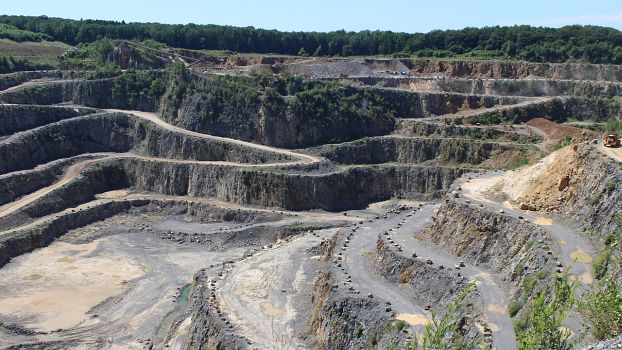Mining (particularly in its industrialised form) is a hugely controversial area – at a local and a global level. Locally, diverse impacts are tangible: proponents refer to job creation and to the contribution to economic growth by industrial mining companies; opponents criticise negative the ecological impacts, sometimes human rights violations and the lack of binding regulations. Those who try to combine the two perspectives argue for extraction in a way that minimises socio-ecological impacts and conflicts. This has sparked the growing debate on ‘resource based development models’ called neo-extractivism, post-extractivism or degrowth.
The global economy of raw materials reflects the current neo-liberal form of globalisation well. But it is founded upon the fact that globally some countries can avail themselves of an abundance of mineral deposits and energy resources. In some places, deposits are geographically highly concentrated. By
contrast, countries like the EU member states are highly dependent on commodity imports to cover their energy needs (e.g. coal) or for manufacturing industries (the discussions about industry 4.0 and digitalisation exemplify these import needs). By using free trade agreements or diplomatic means, these countries are aiming to secure access to the resources of the Global South. African and Latin American countries mainly stand by their position as raw material exporters while some Asian countries like China are positioning themselves as both importers and exporters.
The growing demand for mineral and metallic resources and the commodity price increase which started in 2005 and lasted until 2011 and had two effects: on the one hand, there was a consolidation of traditional patterns. Rising investments in resource-rich countries, facilitated by trade and investment treaties, led to capital inflows to the Global South to secure commodity imports for the Northern economies, thereby manifesting the ‘old’ North-South division of labour. On the other hand, efforts have been made to change this global structure and, in this regard, the Africa Mining Vision (AMV) is a relevant strategic framework. Thus, it is worth asking: does the AMV constitute a paradigm shift towards overcoming the traditional division of labour or will it cement its continuity? Can the AMV contribute to a socio-ecologically responsible
form of mining activity?
Contents
- Nnimmo Bassey:
The tunnel vision of extractivism - David van Wyk, Suzanne Reyneke and Eddie Bain:
Attainable vision or fairy tale? - Amani Mustafa Mhinda:
The Africa Mining Vision in Tanzania: is it a step down or a way forwards? - Andreas Bohne and Michael Reckordt:
United in contradiction
The Africa Mining Vision and the German Government’s Raw Materials Strategy - Authors
- Abbreviations
